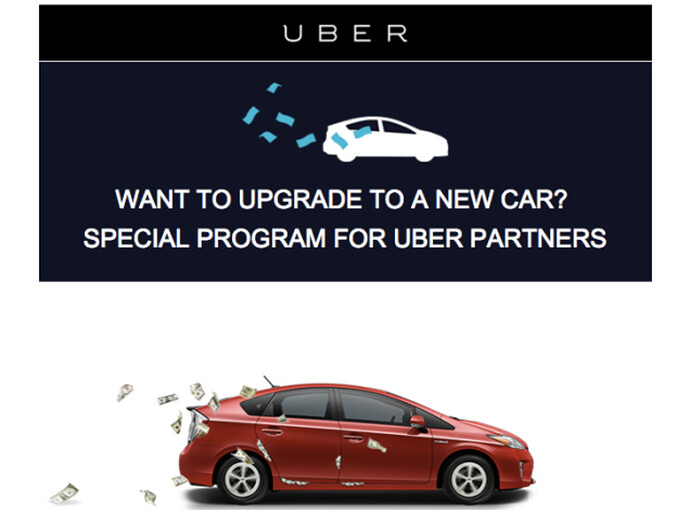Uber is seeking a $1.25 billion loan, and this might sound extreme for a company that just finished raising $1 billion in December 2017. Add to this mix the fact that Uber is sitting on $4.5 billion in liquid cash and most people will ask, why does it need this extra money?
Now, that's not all; the loan request was not sent out to banks or other financial institutions, it was sent out as a request to the current shareholders of the company. You might ask why this stands out as unusual, and the answer will be in three sections:
- Uber has a value of $48 billion based on the last investment made by SoftBank. This value is arbitrary since it is the price that SoftBank was willing to pay Uber shareholders for their shares and is not based on any performance metric.
- Uber has constantly lost billions and based on its performance it loses on average $2.2 billion a year. This negative flow is not uncommon for venture capital start-ups, but it is unusual in size, as well as scope. Uber has been in business for 6 years now and is still far from making a profit. In most cases, such a company would cease to exist.
- Based on the first two statements, it is obvious that if Uber went to the banks to ask for a loan, they would not receive one. Even if they do have $4.5 billion in cash, Uber's EBITDA is negative, this means (in this particular instance) that it would eat up the leverage within 2 years, well before the loan matures.
These are the reasons Uber has asked their shareholders to provide an in-house loan. The difference between asking shareholders for the loan and not providing a new return on equity is based on a decision to stop further dilution. This is based on the fair-trade principle, where you don't punish an investor for not investing more cash. A loan can be secured with cash as well as with "debenture" stock equity; this means that anyone that gives a loan will be paid first. The moment cash comes in, a percentage of it will be used to repay the loan, thereby securing the lenders return with interest.
We do not know why Uber is seeking a loan. The additional cash flow would help Uber transfer even more power to their autonomous vehicle division, aiming at defeating Waymo in their advance to a driverless car future. Or, maybe it's to do with their current downsizing in Asia, where they are negotiating a trade-off with Grab. It is possible that Grab will buy out Uber's share in certain markets and secure a 30% stake in Grab for Uber. However, why they would need so much more money is a mystery.
The final piece of this confusing puzzle is the IPO that Uber is hoping to reach in 2019. Maybe Dara Khosrowshahi, Uber's CEO, is seeking a specific market position when getting ready to float the company and having even more cash on hand would help? The only other solution we came up with is the possibility that a loan, which is debt, is used to secure a higher return for the investors than just cash. In other words, some of the investors want to give a loan to assure a good return after the IPO is successful. Imagine having a $1.25 billion loan with a good return (percentage of interest) secured by a successful IPO and paid back in full when that IPO happens. After all, 2018 is now a quarter way gone, 2019 is very close and making a few million dollars more in one year is good for any business.

